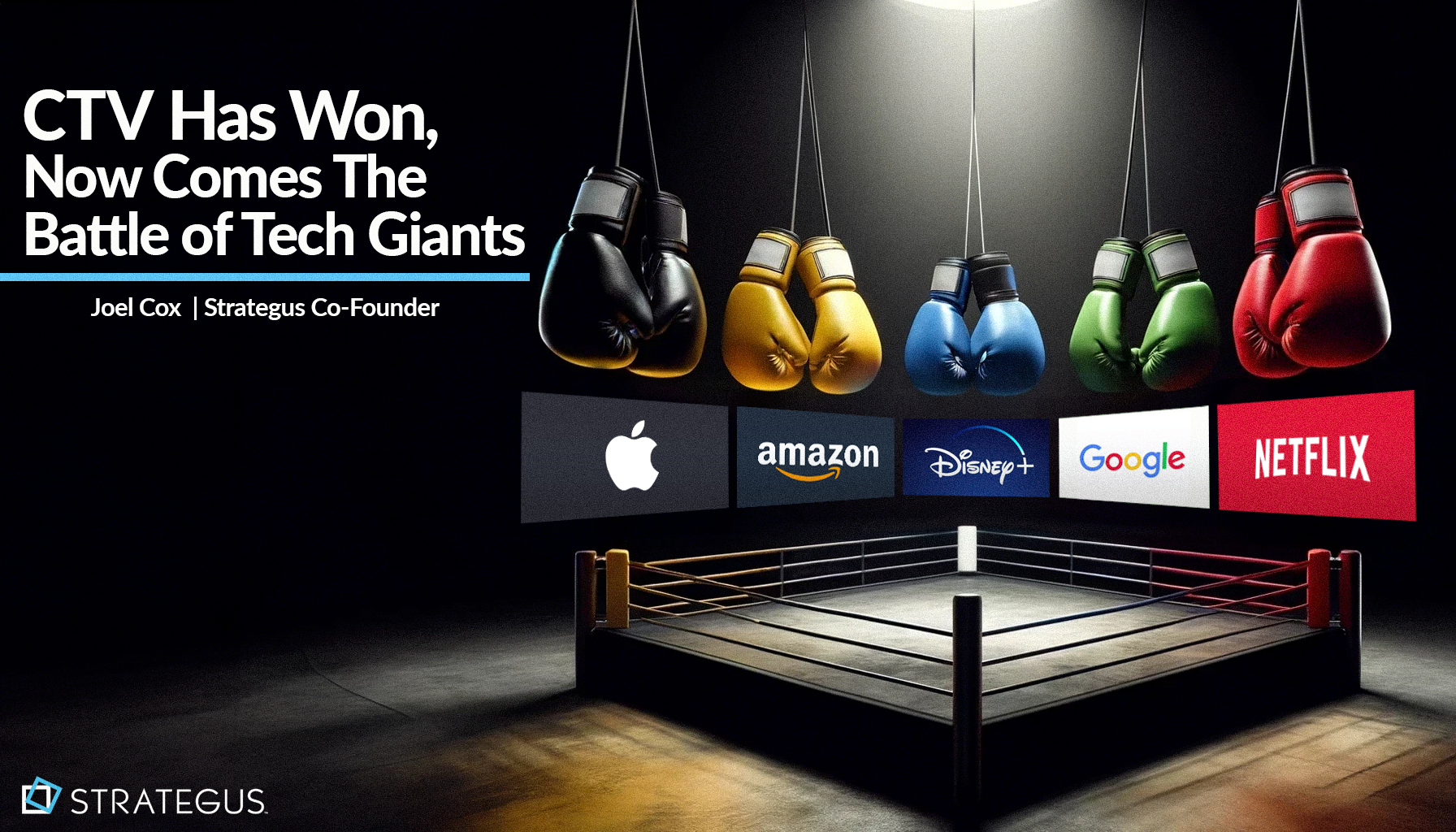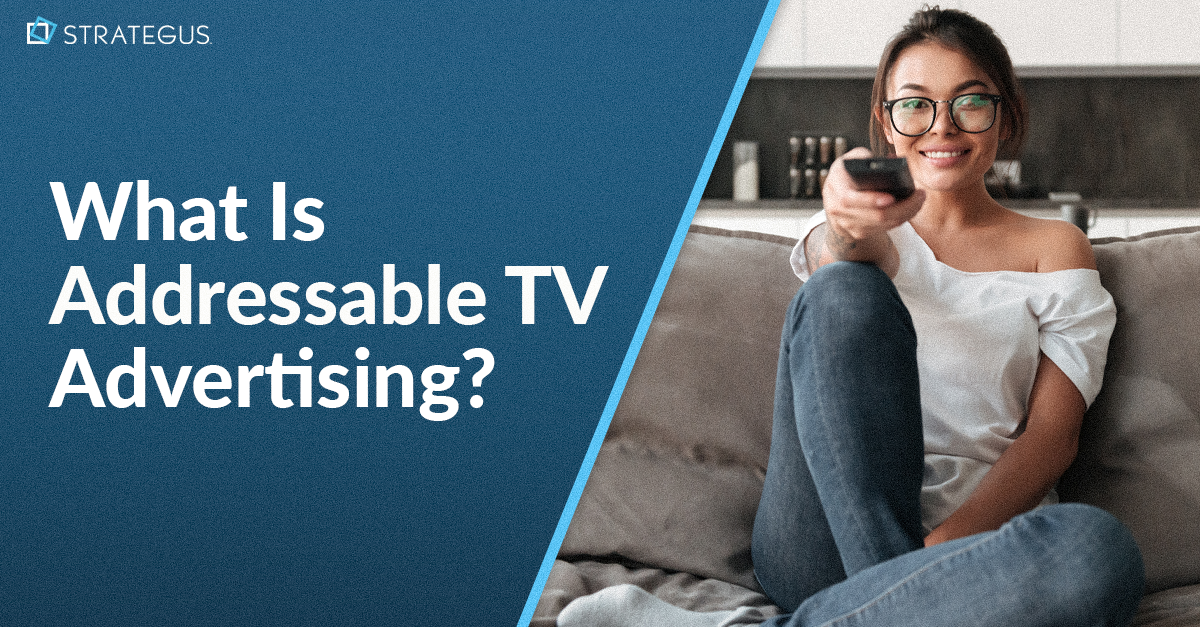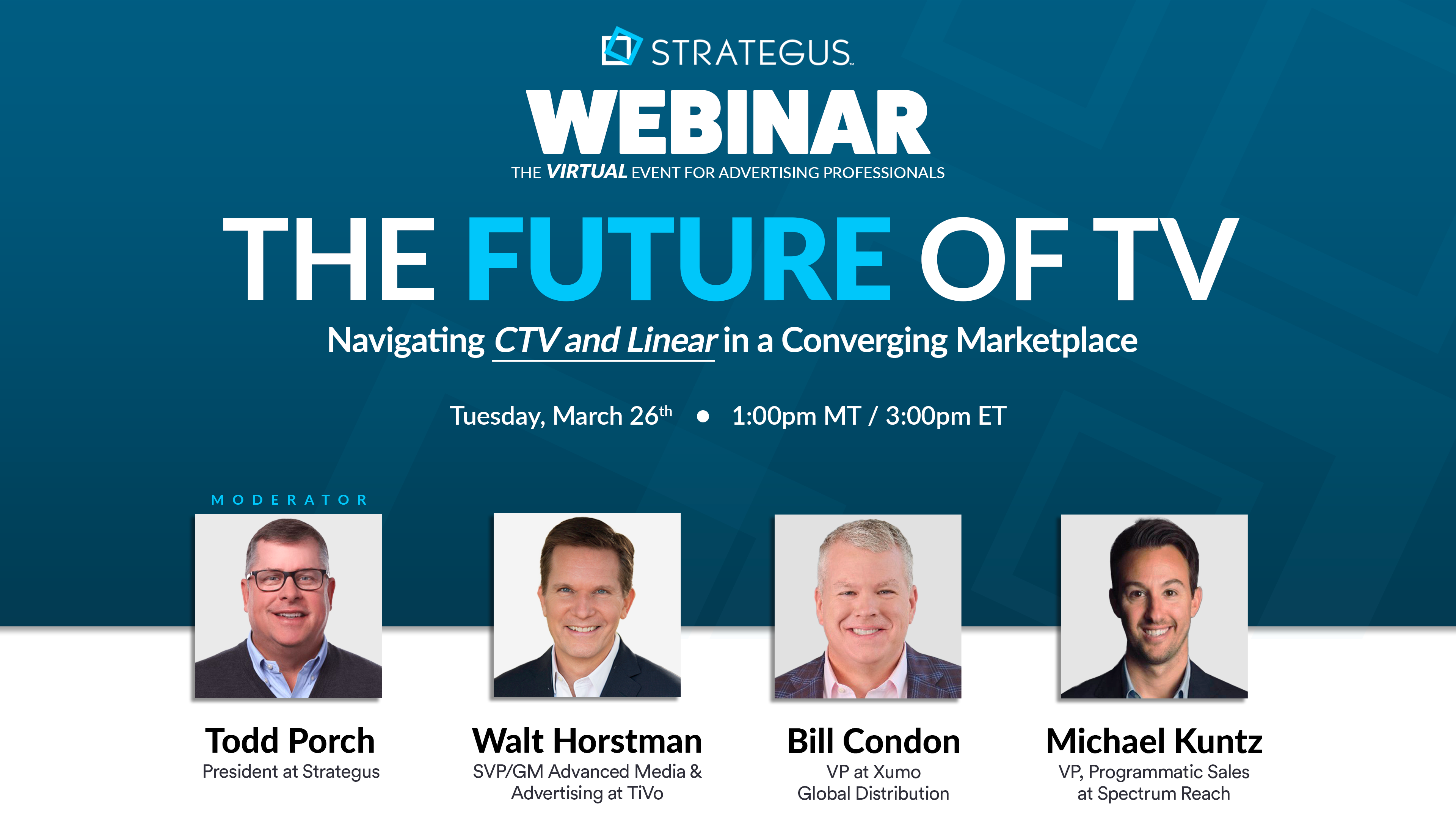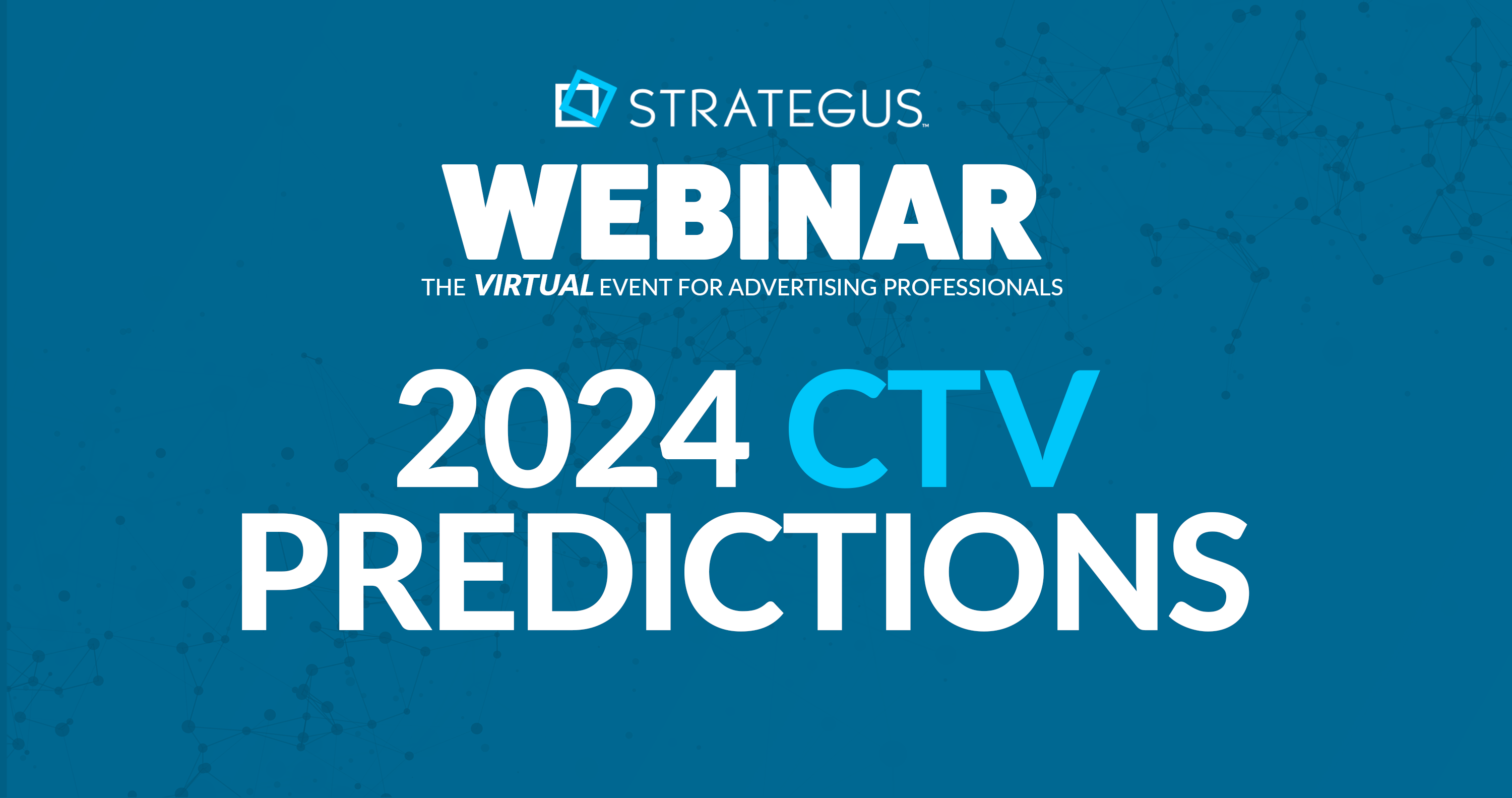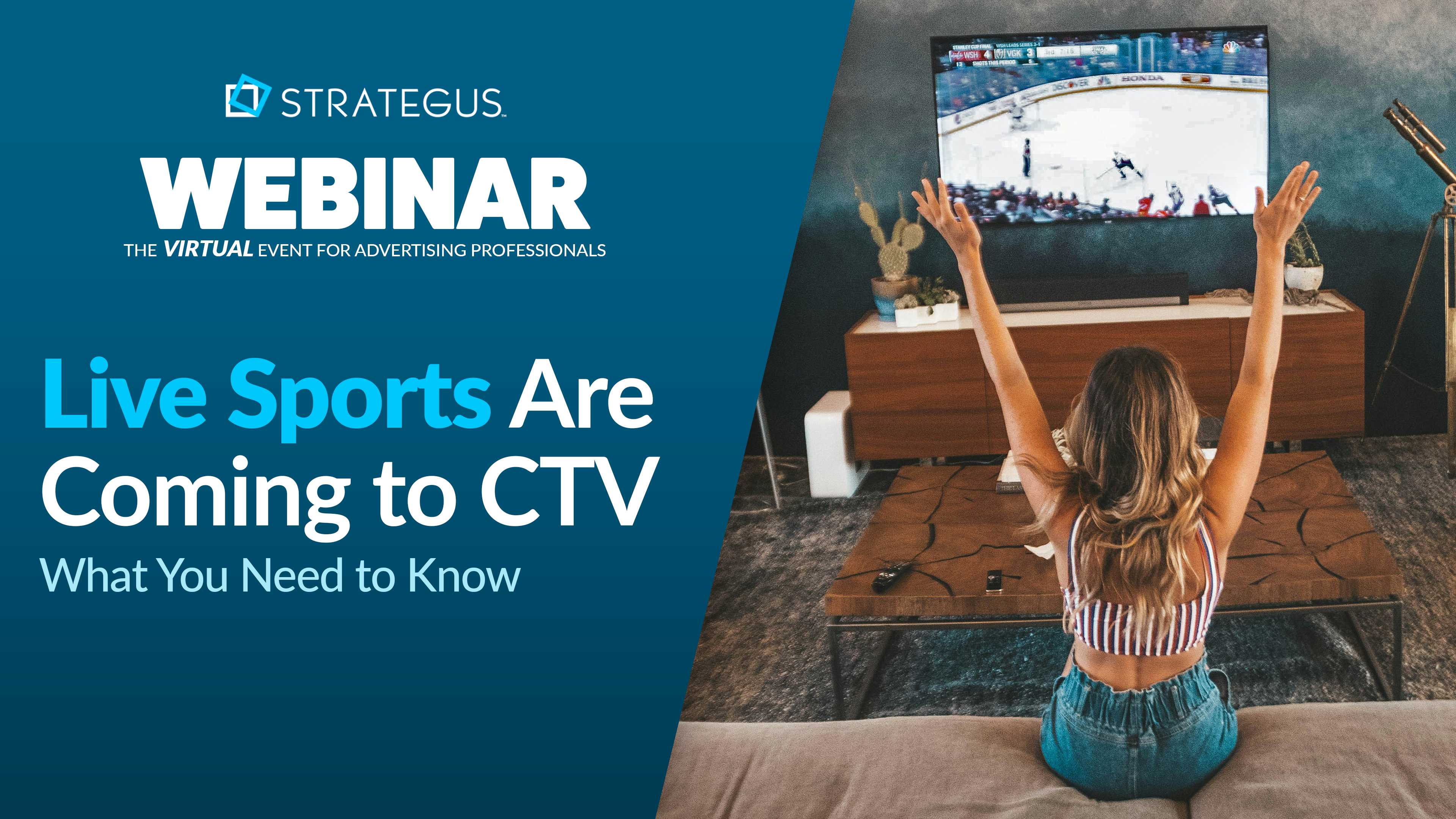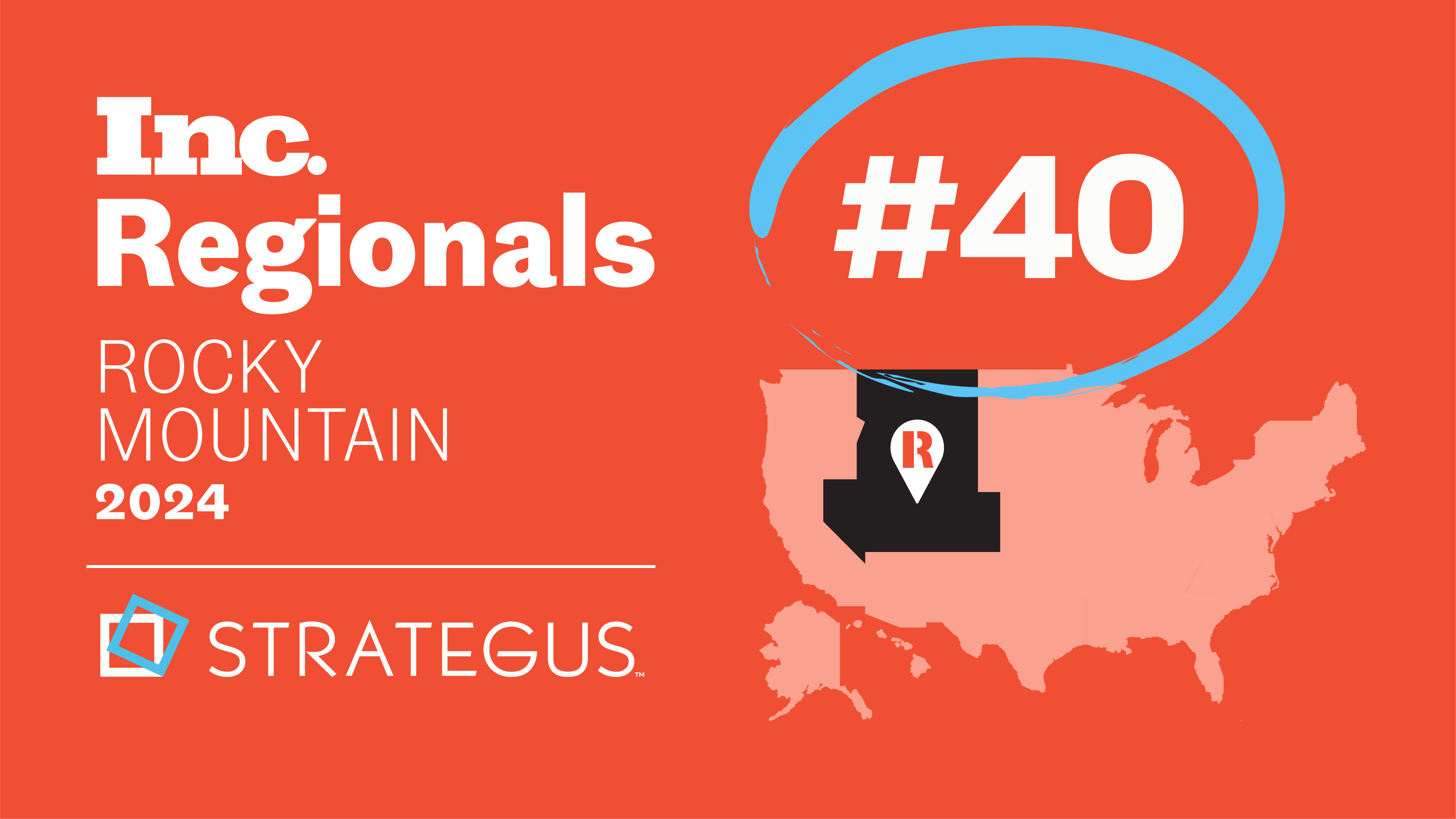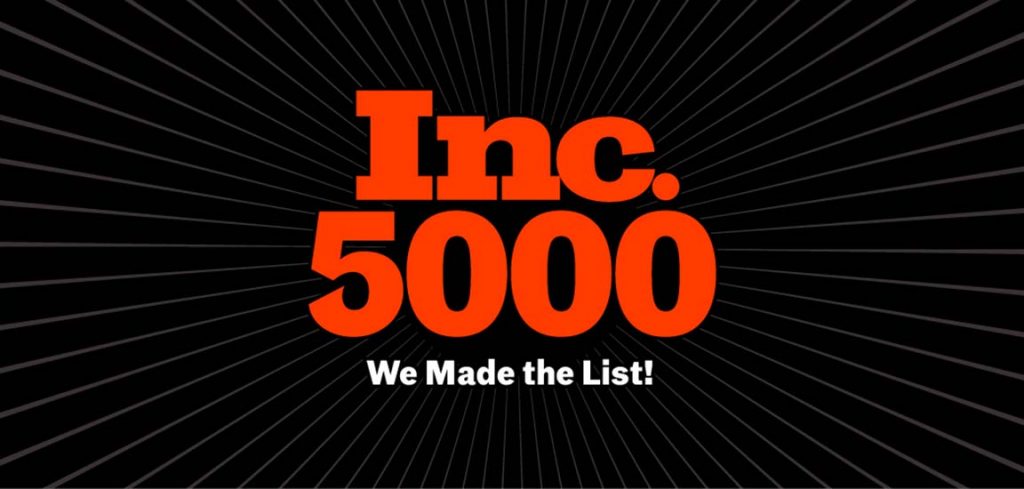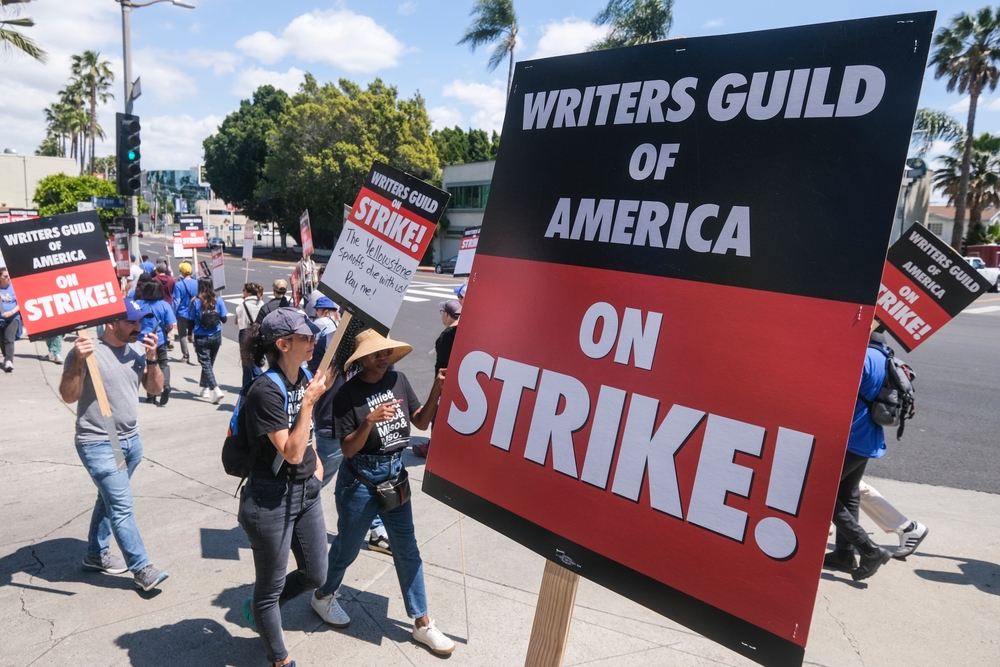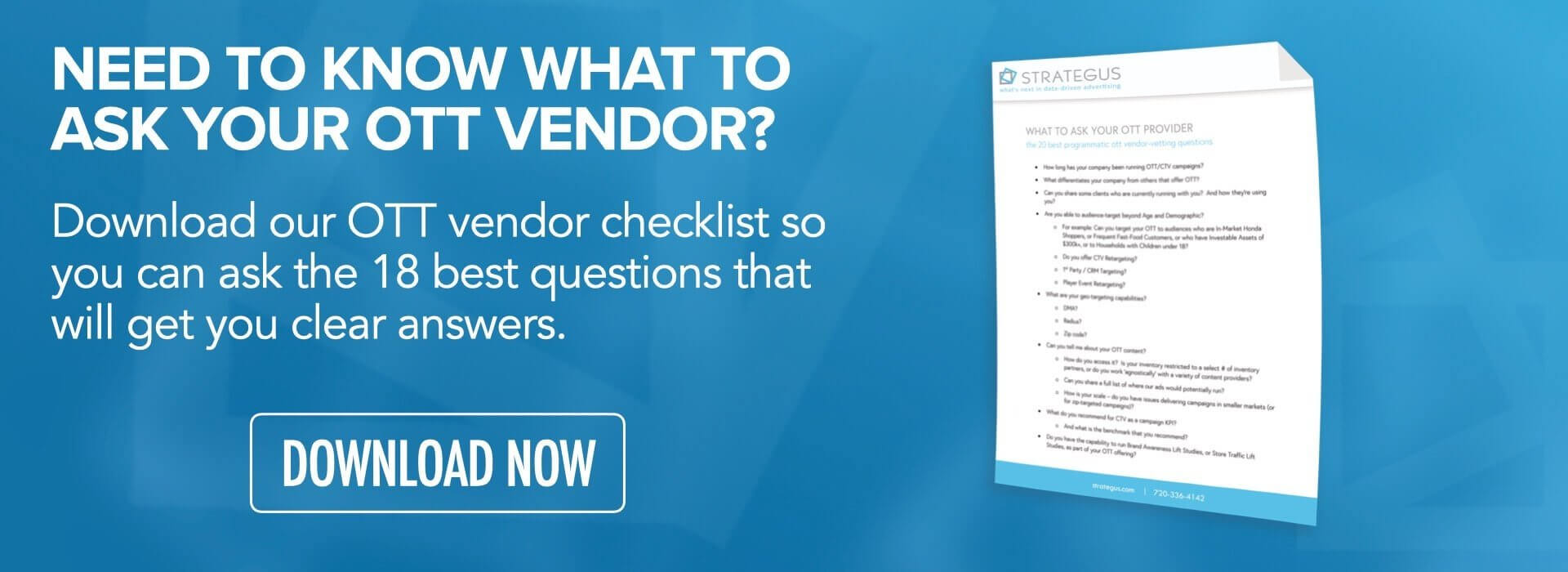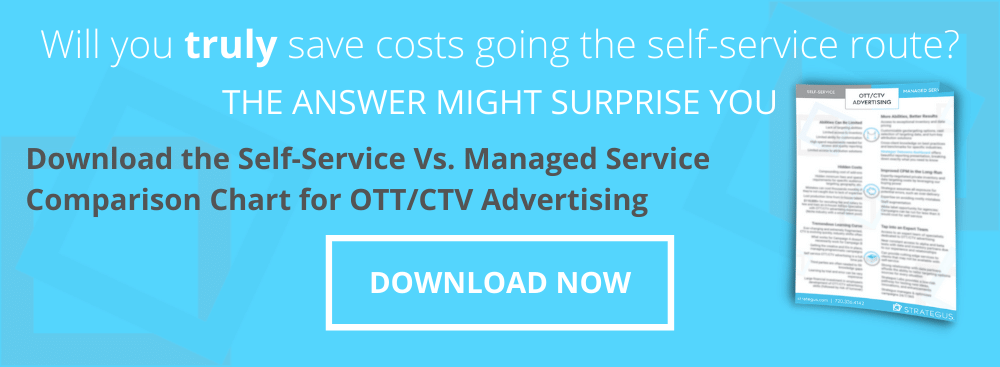How to Build Relationships Through Effective Frequency in Advertising
 Andy Dixon
Andy Dixon
7 minutes read

How to Build Relationships Through Effective Frequency in Advertising -- Modern marketing trends evolve at a lightning-fast pace, but the core tenets stay the same: customer experience, engaging with your audience, and protecting the brand’s reputation.
All of these goals remain constant, even as strategies change to avoid new pitfalls and capitalize on new technologies. With the opportunities in modern media advertising, especially with OTT channels and consumers’ constant exposure to online platforms, it’s easy to push for more advertising, more exposure, and more engagement in the hopes of more sales. But optimal frequency isn’t a rule of ‘more is better;’ it operates on a curve and doing too much or too little can quickly lose your audience.
But there’s no clear answer to what optimal frequency looks like. According to Branding Strategy Insights, “Careful performance tracking by any number of measurements will reveal, over time, what works for your brand. It’s never clear-cut because there are so many influences (both those you can control and those you can’t) that will have a bearing on performance.”
So instead of just reaching an arbitrary frequency goal, it’s important to dive deeper. In this article, we’ll explore what effective frequency is, how it’s different from general frequency, and how you can protect brands and build better relationships with refined frequency goals.
What Is Effective Frequency in Advertising?
First, know that ‘effective frequency’ and ‘frequency’ are separate terms. The frequency of an advertisement is the number of times a consumer or a market segment is exposed to an advertisement. An effective frequency is the number of times a consumer or market segment must see an ad in order for the campaign to create the optimal likelihood of the audience completing the desired action.
It establishes both the minimum number of engagements necessary (as too few won’t get your audience’s attention) and the maximum before ad fatigue or negative responses begin to set in. Depending on the amount of insight you have into your target market’s responses to your ad campaigns, your effective frequency might be a specific number of views, or it might be a range.
The concept of an effective rate is based on the idea that repeated interaction — even identical interactions through exposure to the exact same advertisement — nurtures familiarity and trust in your brand. When consumers become more familiar with your brand and messaging, especially if it aligns with their needs, they’re much more likely to take the directed action in your campaign, whether that’s making a purchase, scheduling a demo, or visiting your store.
What’s the Right Effective Frequency for Your Current Campaign?
There is no one-size-fits-all answer, and even the effective frequency rate from your previous campaigns might not be the same number or range for your current project. That’s why it’s so important to constantly monitor your active campaigns from start to finish. You can analyze your audience’s behavior to see at which frequency they begin to convert to customers and subscribers, and you can also see the point at which ad frequency is too high and viewers have begun to disengage and respond negatively to the ads.
However, past market research and the data from previous campaigns can establish a starting point that you can refine as you gather more real-time data.
Why Does Effective Frequency Matter?
The downsides of not quite reaching effective frequency are clear: consumers will ignore your ads and you won’t nurture the familiarity (or the sales) you were hoping for. The downsides of surpassing your effective frequency, however, can be even more negative.
When consumers are overexposed to ads, they begin to experience ad fatigue. They become apathetic or hostile to your messaging, and those negative feelings can begin to transfer over to the brand itself, not just the individual advertisements. Overexposure negatively affects relationships for your customers and your audience in a way that can be extremely costly and challenging to fix.
Overreaching on ad frequency can be directly costly, too. Depending on the platform(s) you’re using for your campaigns, each ad that’s fully viewed or clicked on costs your project money. Even when those ads aren’t doing their job, those costs are subtracted from your marketing budget and you’ve actually spent money chasing consumers away. This can happen faster than you’d think if you launch online campaigns without a frequency cap on how many views individual audience members see in a given period of time, so finding your effective frequency quickly is crucial.
Effective Frequency and Consumer Trust
Finding the effective frequency for your advertising campaigns is a mechanical element in running your campaign. While the mechanical elements are essential, it’s also important to remember that the core of your campaigns should be about nurturing an emotional connection with your audiences.
You need to know a specific market segment’s needs, emotions, and emotional triggers so you can build the right relationships with them to lead to a sale and, even more importantly, a long-term relationship.
So, if you’re focused on building trust, how does the effective frequency fit into that principle?
- Too little exposure to your messages means the emotional focus won’t take hold. Your advertisements will be forgotten or drowned out by the hundreds of advertisements your target market sees every day.
- Too much exposure ruins the emotional connection. Your audiences become bored, unconvinced, or frustrated by the continual bombardment. Too much of a very emotional message can also start to sound insincere if your audience is exposed to it too often.
- Exposure that’s managed by the right effective frequency for the campaign makes your brand reliable. If your ad’s presence is consistent but not overwhelming, it stays top-of-mind in a positive way. Using multiple different platforms for your campaign — a strategy called omnichannel marketing — is a great way to balance exposure and context. Your audience is much more likely to think of your brand when they encounter a problem your products or services solve.
Focusing on an emotional connection with your audience makes your brand more trustworthy than one that is aggressively promotional.
Build Better Relationship by Managing Ad Frequency With Strategus
Like we mentioned earlier, every campaign will have its own effective rate. Everything from the product and the problem it solves to the target audience and the platforms you’re using affect the final number. Strategus is here to help you dive into the details of every campaign so you can effectively allocate ad spend where you need to and focus on cultivating strong customer relationships. Contact us today to learn more about how we can help.


Andy Dixon is a seasoned Content Writing Specialist at Strategus, renowned for his expertise in creating engaging and impactful digital content. With over a decade of experience in content creation, Andy has honed his skills in a variety of niches, ranging from technology and marketing to education.
Strategus is a managed services connected TV(CTV) advertising agency with over 60,000+ campaigns delivered. Find out how our experts can extend your team and drive the result that matter most.
Talk to an Expert
Seeking a Custom CTV Strategy That Delivers?
What to read next
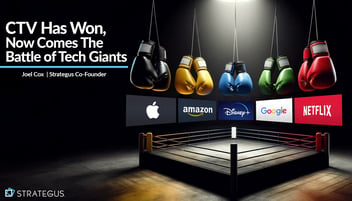
CTV Has Won, Now Comes the Battle of the Tech Giants
Who will be the winner with Amazon, Netflix, Google, Apple, and Disney battling for CTV supremacy? Just a few years ago, a phenomenon called...
6 minutes read
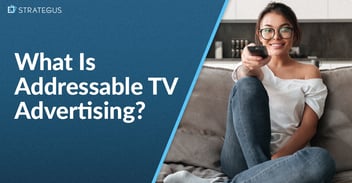
What Is Addressable TV Advertising and How Does It Work
In the early days of TV, ads were placed based on the programs they supported. This means that every household tuning into a given broadcast would...
7 minutes read

10 OTT Trends Shaping CTV Advertising in 2024
In the 17 years since Netflix launched its streaming service, over-the-top (OTT) media has become standard. What started as a novel concept now...
15 minutes read

What Is an Ad Exchange and How Does It Work
Before ad exchanges, media inventory was exclusively purchased through direct negotiations with publishers. This worked fine in the early days. But...
8 minutes read



